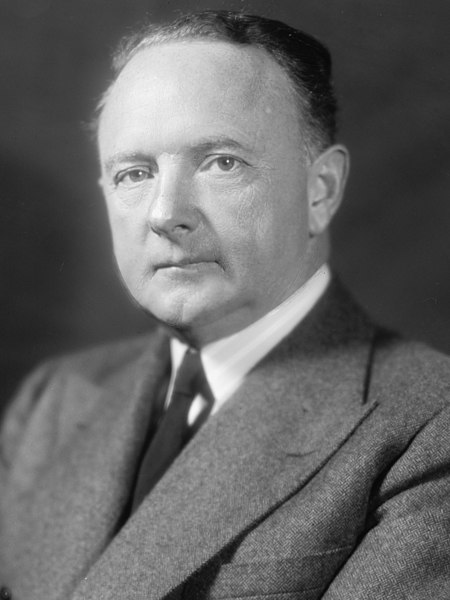The Byrd Road Act was an Act of Assembly passed in February 1932 by the Virginia General Assembly. Named for former Governor Harry F. Byrd, the legislation was originally presented as measure to relieve the financial pressures of the Great Depression upon the counties, as the state offered to take over responsibility and control of most county roads, creating the Virginia Secondary Roads System.
Variations in the quality of secondary state highways. All photos in this montage were taken on State Route 715 in Franklin County; some spots are unsuitable for small cars (left), while others are good-quality highways (right)
Harry Flood Byrd Sr. was an American newspaper publisher, politician, and leader of the Democratic Party in Virginia for four decades as head of a political faction that became known as the Byrd Organization. Byrd served as Virginia's governor from 1926 until 1930, then represented the state as a U.S. senator from 1933 until 1965. He came to lead the conservative coalition in the Senate, and opposed President Franklin D. Roosevelt, largely blocking most liberal legislation after 1937. His son Harry Jr. succeeded him as U.S. senator, but ran as an Independent following the decline of the Byrd Organization.
Byrd, c. 1926–1930
Rosemont Manor in Berryville, Virginia; Byrd's home from 1929 until his death
Harry Byrd statue on Richmond's capitol lawn in 2017. The statue was removed in 2021.




